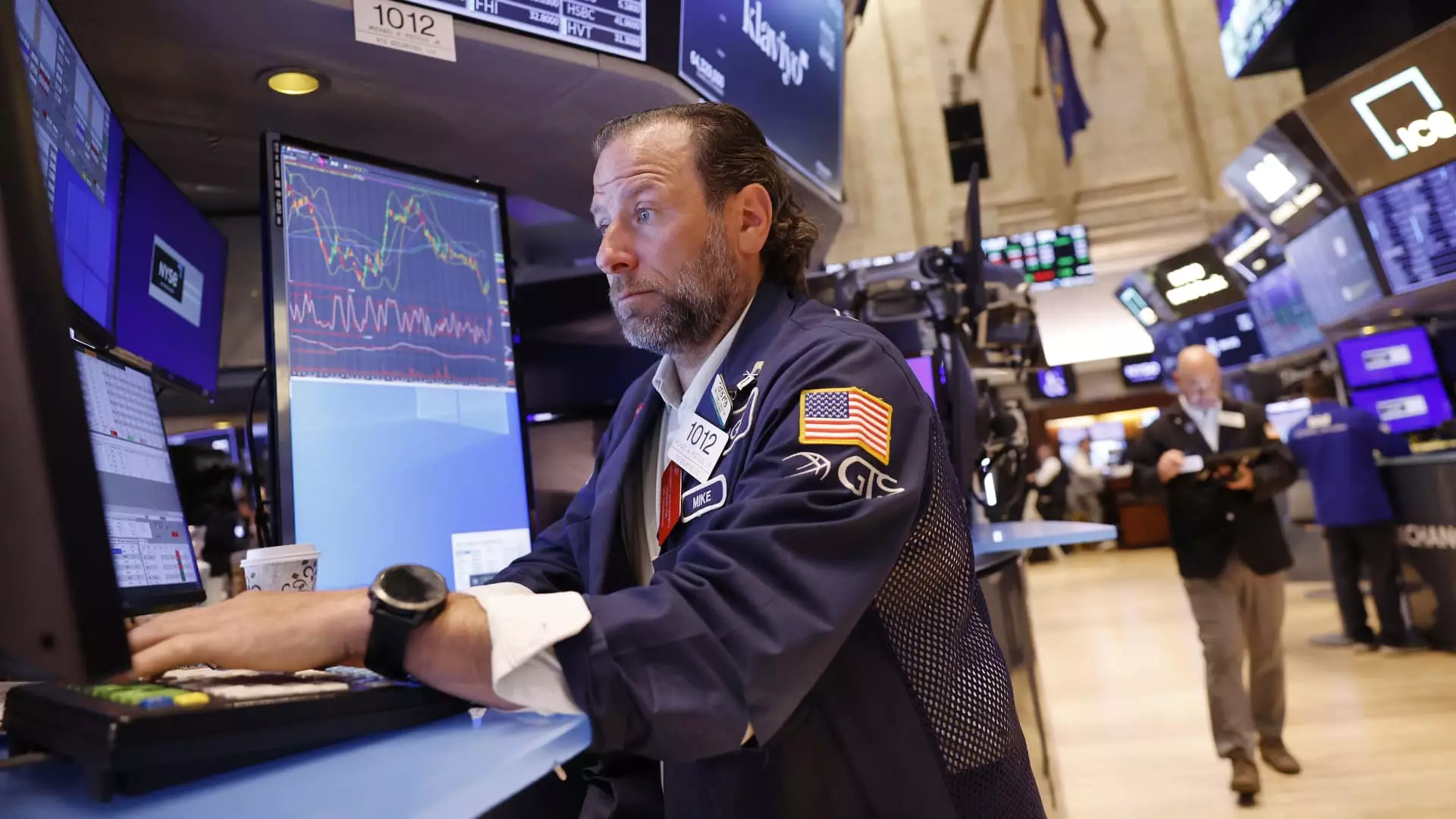The Federal Reserve is set to make a monetary policy decision, with expectations of maintaining the benchmark overnight borrowing rate in a range between 5.25%-5.5%. However, market sentiment indicates a 50% chance of a rate cut happening as early as September, with only a quarter-percentage-point reduction expected by year-end.
Fund manager Freddie Lait believes that the current interest rates are suitable to balance inflation and growth for the U.S. economy. He dismisses the idea of further rate cuts, attributing any potential rate reduction to the necessity of helping the U.S. cover interest payments for its national debt. This unique perspective raises concerns about the deeper implications of rate cuts beyond traditional economic indicators.
The U.S. government has faced increased financial pressure due to rising debt levels, driven by factors such as interest rate hikes, tax cuts, and stimulus programs during the Covid-19 pandemic. Congressional Budget Office data indicates a significant uptick in federal spending on interest payments, projected to reach $870 billion this year, marking a 32% increase from the previous year.
Lait highlights the exponential growth in government spending on U.S. debt as a potential challenge for the next presidential administration. The dilemma of balancing fiscal deficits, stimulus measures, and debt servicing raises questions about the sustainability of current economic policies. The need for addressing these issues becomes even more critical in the context of attracting international investors and maintaining economic stability.
While acknowledging the historical increase in debt-to-GDP ratios, Lait emphasizes the significance of changes in debt composition and the magnitude of interest payments. The evolving nature of debt dynamics underscores the need for strategic planning and prudent financial management to mitigate risks associated with escalating national debt levels.
As the Federal Reserve evaluates its rate trajectory, considerations about the broader economic landscape, including debt sustainability and fiscal responsibility, are paramount. The interplay between interest rates, national debt, and market dynamics necessitates a comprehensive approach to monetary policy that addresses both short-term challenges and long-term financial stability.
The intersection of interest rates and national debt presents a complex scenario for policymakers and investors alike. The Federal Reserve’s decisions in the coming months will not only impact economic indicators but also shape the future trajectory of U.S. fiscal policy. By closely monitoring market trends, debt dynamics, and global economic conditions, stakeholders can navigate uncertain times with resilience and foresight.

Leave a Reply